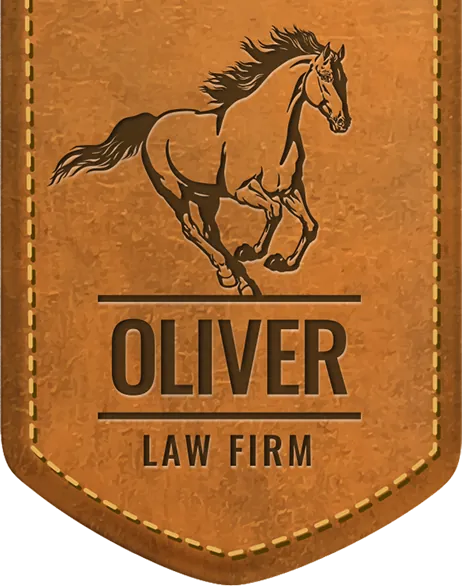
More than just a Greek word, around 400 B.C., Hippocrates first mentioned the therapeutic use of horses in his ancient Greek writings. This means that for thousands of years, horses have been recognized as special animals with healing powers. In the 1960’s in Europe, physical therapists (PTs) began recognizing that patients with neuromuscular disorders such as cerebral palsy and patients with brain injuries, were improving strength, coordination and posture control as a result of their physical movement when riding a horse.
In the 1980’s the American Hippotherapy Association (AHA) was formed. The original focus of hippotherapy was treating physical disabilities, but today it is also used by occupational therapists (OTs) and speech and language pathologists (SLPs), treating more than just physical disabilities. Lois Brady, a speech and language pathologist and author of Apps for Autism was quoted as saying “A horse is powerful motivation, and this enthusiasm can be leveraged into teaching communication, social, fine motor, or any target skill. Children may feel more comfortable communicating with a horse than a human.”
Those unfamiliar with Hippotherapy, may unknowingly confuse Hippotherapy and therapeutic riding. Hippotherapy is a medically based treatment tool unlike therapeutic riding where people with disabilities are taught equestrian skills. Many people agree that simply being on a horse is therapeutic. Hippotherapy can help a child experience a variety of different types of beneficial sensory stimulation from bouncing and holding positions. It can also help the riders brain receive vestibular stimulation for sensing movement and balance as the horse moves. These movements help the rider begin recognizing and organizing their body for complex tasks. Horses move in a gait similar to our human gait, being repetitive, rhythmic and variable. If a child has never walked, or has an abnormal gait, riding a horse helps the child experience a normal gait.
As a licensed Occupational Therapist, Codi Oliver, Owner and Executive Director of hOofin’ iT, uses the horse’s movement during therapy sessions. Codi designs activities that help achieve specific outcomes for each child. This may include therapeutic activities on horseback that help reduce muscle tone (e.g. spasticity), improve attention and postural control, decrease sensory defensiveness or sensitivities, improve right and left coordination and develop visual-motor skills.
If you are the parent of a child with disabilities, hippotherapy may be an option for your child’s therapy. Talk to the therapist at your child’s early intervention program or school and discuss the possible therapeutic benefits that may be accomplished through hippotherapy. And remember, no hippo’s will be used in your child’s therapy!
For more information about hOofin iT, contact Codi Oliver at codioliver@hotmail.com.
Learn more about the benefits of Hippotherapy in this blog.
(Parents Magazine, “What is Hippotherapy?” By Barbara Smith.)
a Free Consultation




